Author
Ignacio Rincón
Architect | Alumni Ambassador of Zigurat
Blog / BIM & Construction Management
Categories

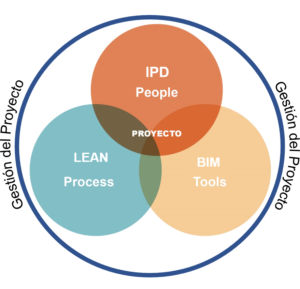 It is important to understand that it is not a matter of technology or softwares. It has much more to do with the LEAN or IPD work methodologies, collaboration and early definition of projects.It is understood from this point of view from where the greatest benefits for the industry would be obtained.
If it were really achieved, that all those involved in the projects, were part of the projects from early stages of the project, and especially if the client (public or private), was aware that is the most interested and benefited from this collaborative methodology, in which the BIM tools (in their essence collaborative), allow all the work to happen in a centralized and controlled way, the results would be others.
It is important to be aware, that the change supposes a radical change in the times of the projects, a change in the multilateral contracts (they already exist, it is not something new), a change in the rigor of the information, and a change in the unification of standards and classification systems.
It is important to understand that it is not a matter of technology or softwares. It has much more to do with the LEAN or IPD work methodologies, collaboration and early definition of projects.It is understood from this point of view from where the greatest benefits for the industry would be obtained.
If it were really achieved, that all those involved in the projects, were part of the projects from early stages of the project, and especially if the client (public or private), was aware that is the most interested and benefited from this collaborative methodology, in which the BIM tools (in their essence collaborative), allow all the work to happen in a centralized and controlled way, the results would be others.
It is important to be aware, that the change supposes a radical change in the times of the projects, a change in the multilateral contracts (they already exist, it is not something new), a change in the rigor of the information, and a change in the unification of standards and classification systems.
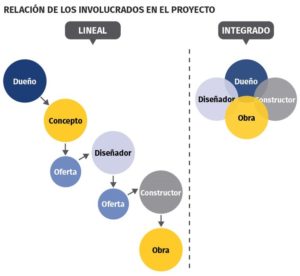 Therefore, until all the parties involved, where Clients (PM) and Public Entities have a fundamental role, assimilate that the business model is changing and that it is fundamental to adopt this business change accompanied by technology and not the other way around, it will not be possible to speak of a sufficient maturity of the market to consider a successful adoption.
Therefore, until all the parties involved, where Clients (PM) and Public Entities have a fundamental role, assimilate that the business model is changing and that it is fundamental to adopt this business change accompanied by technology and not the other way around, it will not be possible to speak of a sufficient maturity of the market to consider a successful adoption.
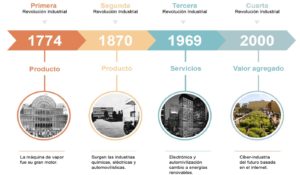 If we consider that we are in the 4th industrial revolution, and in the previous 3 the assimilation periods were periods of more than 50 years, in the Digital Age, the speed with which technology changes is such, that it is necessary to understand the how and not what.
Nowadays, it is difficult to consider a technological implementation completed, because when it is considered finished, especially in large environments, a new technology has already been born that improves it.
The question is to understand how the emergence of technology affects the construction processes, regardless of the technology we are talking about. We have to work hard on the human aspect of companies, and convey the need to change the chip, and understand that maturity times are so short, that it is more important to try to tackle change through understanding, and not in the domain of technology as such.
If we consider that we are in the 4th industrial revolution, and in the previous 3 the assimilation periods were periods of more than 50 years, in the Digital Age, the speed with which technology changes is such, that it is necessary to understand the how and not what.
Nowadays, it is difficult to consider a technological implementation completed, because when it is considered finished, especially in large environments, a new technology has already been born that improves it.
The question is to understand how the emergence of technology affects the construction processes, regardless of the technology we are talking about. We have to work hard on the human aspect of companies, and convey the need to change the chip, and understand that maturity times are so short, that it is more important to try to tackle change through understanding, and not in the domain of technology as such.
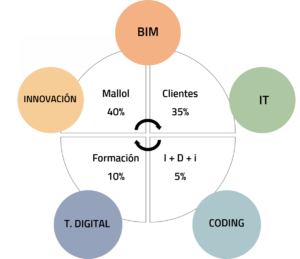 Companies must understand that it is essential to invest in training and R + D + i, if not in this way, in a short time, they will be displaced from the sector, and professionals with knowledge that they have in payroll, will go to companies in which if they invest in this aspect.
Companies must understand that it is essential to invest in training and R + D + i, if not in this way, in a short time, they will be displaced from the sector, and professionals with knowledge that they have in payroll, will go to companies in which if they invest in this aspect.
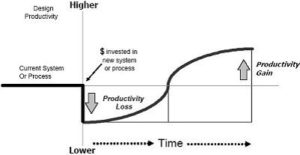 Therefore, it is fundamental, and we will see it with the appearance in the labor market of the new generations, that what is currently costing at the technological level, will not be the problem in the near future, if not, promote the Appropriate teaching from the early stage of the professional, in subjects such as: "how the human being fits in the processes semi-dominated by the machines", focus on the methodologies and systems of production processes in all phases of the life cycle.
Therefore, it is fundamental, and we will see it with the appearance in the labor market of the new generations, that what is currently costing at the technological level, will not be the problem in the near future, if not, promote the Appropriate teaching from the early stage of the professional, in subjects such as: "how the human being fits in the processes semi-dominated by the machines", focus on the methodologies and systems of production processes in all phases of the life cycle.
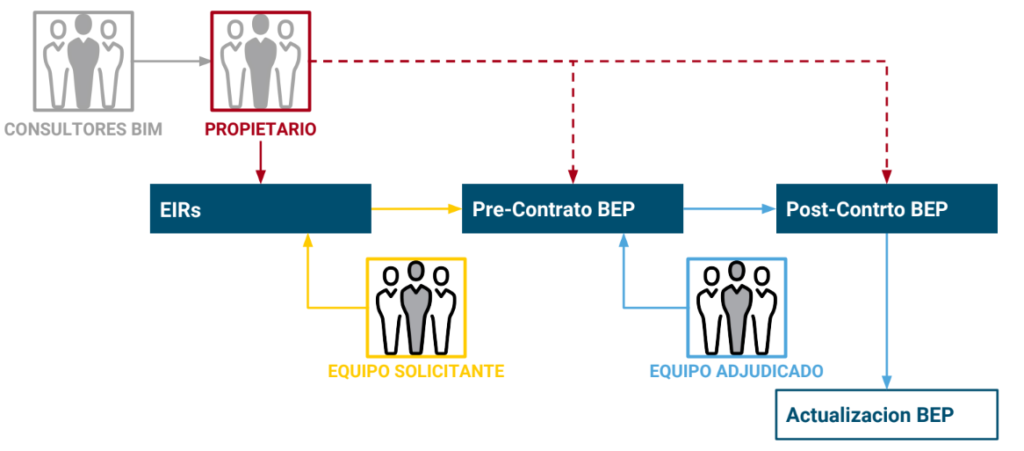 As much as in BIM theory, it is about talking about models that can be worked on throughout the life cycle of projects, let's face it, it is very complicated for this to happen in the near future.
It is important to apply a lot of common sense in the generation of the project BEP, and be aware, that it is most likely that the models of a phase are not usable in later phases, since the needs and uses of the models in each phase are different . But there is no problem in this, what is important is to give a good explanation to the clients of why, and define a BEP for each of the phases, Design, Construction and FM.
That is why in the future, the hardware and software will be so powerful and so automated, that it will not be a problem, modeling at a detailed millimeter level, at such a level that the models will be transferable between phases without the need for added effort or cost. Until then, use your head and apply common sense in the definition of processes, standards and protocols.
When this finally happens, the problems will be other, and the technology will not be a problem if not an ally, and it will be the methodologies and processes to which we will continue to pay special attention.
Read the full article here.
As much as in BIM theory, it is about talking about models that can be worked on throughout the life cycle of projects, let's face it, it is very complicated for this to happen in the near future.
It is important to apply a lot of common sense in the generation of the project BEP, and be aware, that it is most likely that the models of a phase are not usable in later phases, since the needs and uses of the models in each phase are different . But there is no problem in this, what is important is to give a good explanation to the clients of why, and define a BEP for each of the phases, Design, Construction and FM.
That is why in the future, the hardware and software will be so powerful and so automated, that it will not be a problem, modeling at a detailed millimeter level, at such a level that the models will be transferable between phases without the need for added effort or cost. Until then, use your head and apply common sense in the definition of processes, standards and protocols.
When this finally happens, the problems will be other, and the technology will not be a problem if not an ally, and it will be the methodologies and processes to which we will continue to pay special attention.
Read the full article here.Ignacio Rincón